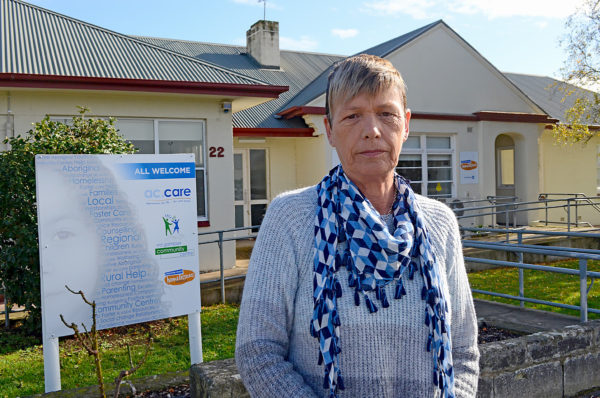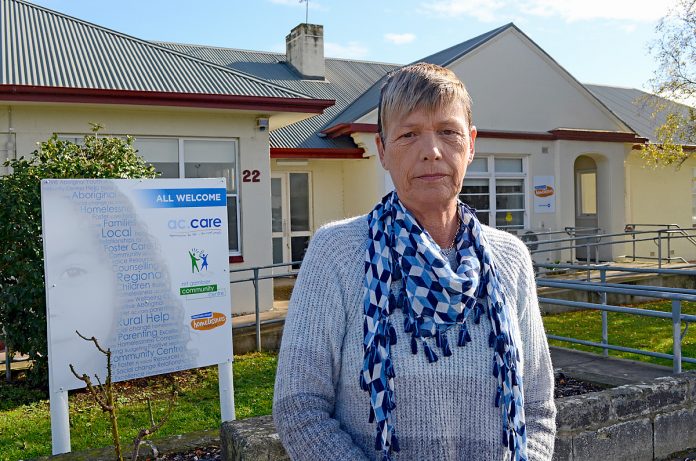
A LACK of affordable housing for young people is contributing to homelessness across the Limestone Coast, according to local charity ac.care.
The statement follows the release of the national Rental Affordability Snapshot, highlighting the lived experience of people and families on low incomes trying to find a home in the private rental market.
Of 306 private rentals advertised across the Limestone Coast, Adelaide Hills and Riverland in early April, there were no affordable properties available for young people on Newstart or Youth Allowance schemes.
Welfare agency ac.care’s homelessness and aboriginal services manager Trish Spark said the report painted a bleak picture of a nationwide housing affordability crisis.
“Over the three years ac.care has participated in the data collection for the Rental Affordability Snapshot, it is disappointing to note there has been no increase in the number of affordable properties for single people receiving Newstart or Youth Allowance,” she said.
“Homelessness rates within our regional areas will continue to rise if people don’t have access to affordable housing.”
In the 2015/16 financial year, ac.care’s Limestone Coast Homelessness service had 745 registered clients, with 29 percent of clients aged 15-24.
The Rental Affordability Snapshot stated government income payments including Newstart, Youth Allowance, Disability Support and Aged Pensions were a “poverty trap.”
“I definitely agree the payments are a poverty trap – a single person on Youth Allowance is expected to live on $218.75 per week or $31.25 a day, while the Newstart rate is $267.80 per week or $38.25 per day,” Ms Spark said.
“That amount needs to cover rent, electricity, gas and water bills as well as food and other necessities.”
The welfare agency’s staff source emergency accommodation options for locals who find themselves in crisis with no housing options and work with clients who are homeless or at risk of homelessness to obtain long term housing.
Clients are housed in transitional properties while case managers assist them to find long term housing and help them to address underlying issues that may have caused them to become homeless.
“Each year we provide services to between 500 and 600 clients with around 90 percent of those having a housing outcome, however each year we have another 500 to 600 people come through the service,” Ms Spark said.
“One of the major causes of homelessness is the lack of affordable housing.”
The agency’s chief executive Rob Foggo said creating opportunities for employment was vital.
“To gain access to long term housing and to be able to provide their families with some form of stability, people need employment,” Mr Foggo said.
“No access to affordable housing has a domino effect on families and their children.”
“A lack of stability means children often miss school, or have to change schools and their education suffers – housing stress causes tension within the family, which often leads to family breakdowns.”
Ms Spark said the issue required a community response.
“To address the issue of homelessness there is a need for community involvement to provide opportunities for employment and social inclusion for those who are disadvantaged and for their children,” Ms Spark said.
“Assisting one person to change their situation can lead to a break in generational disadvantage, and ensure future generations have a far greater opportunity to thrive in our community.”






